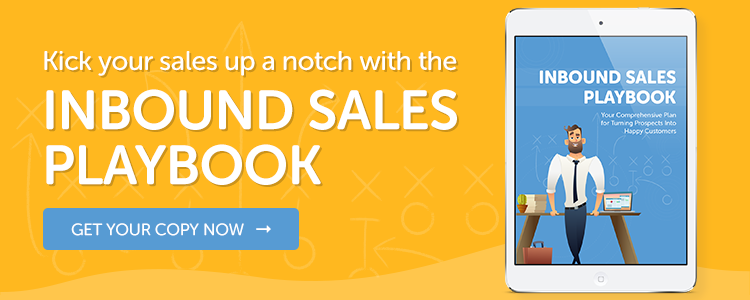As a career salesperson who loved selling because, for me, sales is always about helping people, I am so delighted to see the recent paradigm shift in what sales looks like today, vs. how it was when I was in the peak of my sales career.

Outbound Sales
Prior to this shift, I sold in what you would call a traditional, “outbound” sales methodology. The methodology that entailed:
 Making cold-calls to leads from a list, or to leads that may have, at one point, showed interest in a product or service by filling out a form or submitting a request
Making cold-calls to leads from a list, or to leads that may have, at one point, showed interest in a product or service by filling out a form or submitting a request- Reaching out via email or social media to attempt to build a connection to “warm up” the lead
- Longer sales cycles, as closing a deal often involved multiple touches
- Tools needed to help hit large numbers of calls on a daily basis, such as auto dialers, click-to-dial from CRM’s, local presence dialers and voicemail automation
Though traditional sales practices are still alive and real, today’s sales organizations have an opportunity to adapt their sales methodologies to be better aligned with today’s buying behaviors.
According to HubSpot, 85% of buying decisions are made online before any human interaction.
Semi-flabbergasting, right?
This is due in large part to the immense amount of content available via the Internet, and the way we live our lives attached to computers and mobile devices. Buyers have access to way more information than ever before, allowing for instant answers to their questions, product comparisons and access to reviews. All of this, along with social media, has permanently changed the way we interact and exchange information. Now, more than ever, buyers don't want to be sold to - and they don’t have to be.
Here’s a perfect example:
Say you’re looking for a new car. You search online using comparison tools, or maybe you post on Facebook asking for recommendations on dealerships that friends and colleagues have had a great experience at, or, alternatively, information on ones to avoid. You don’t hit the car lot until you’ve narrowed down your search and are armed with a ton of information. 85% of your decision has been made.
Today, the buying process is controlled by the customer and not the seller.
Can you see how this changes the game for you as a salesperson? Your buyer is nearly ready to purchase and you are no longer there to “sell to” them, in the traditional sense. If you meet today’s empowered buyer with that "sell to" mentality, you can kiss that sale goodbye.
So, how do you sell knowing this? This is where inbound sales come in.
Inbound Sales:
 Requires a buyer-focused mentality vs. a seller-focused mentality; sellers truly must become advisors and help prospects create a plan to solve their problem or pain point
Requires a buyer-focused mentality vs. a seller-focused mentality; sellers truly must become advisors and help prospects create a plan to solve their problem or pain point- Is an “always be helping” mentality vs. an “always be closing”
- Requires a partnership between marketing and sales, which helps sellers create valuable content that guides prospects in all stages of their buyer’s journey
- Demands a true acceptance that today’s buyers are self-sufficient. You'll have to acknowledge that buyers can find out what they need to know themselves and that you are there to guide them toward their solution
Both sales methodologies can work within your sales organization, particularly when implemented correctly with an updated, inbound approach incorporated into the outbound methodology. Read this blog to see how to segment your sales team.
The most important thing about new sales methodologies is the shift toward meeting today’s buyers where they’re at; if you’re doing it right, “closing” looks a lot different.

 Making cold-calls to leads from a list, or to leads that may have, at one point, showed interest in a product or service by filling out a form or submitting a request
Making cold-calls to leads from a list, or to leads that may have, at one point, showed interest in a product or service by filling out a form or submitting a request Requires a buyer-focused mentality vs. a seller-focused mentality; sellers truly must become advisors and help prospects create a plan to solve their problem or pain point
Requires a buyer-focused mentality vs. a seller-focused mentality; sellers truly must become advisors and help prospects create a plan to solve their problem or pain point
Dawn Herring